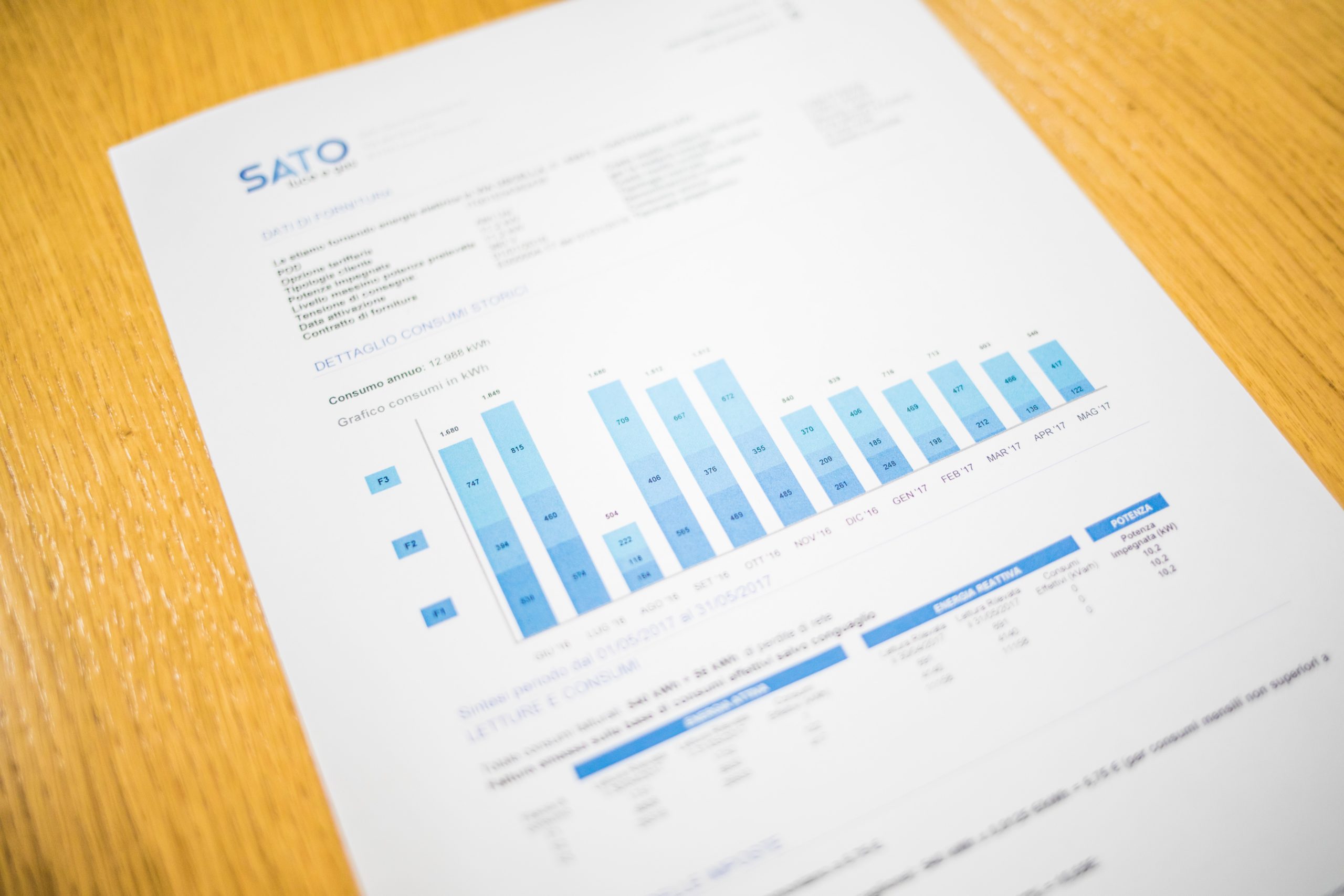Total Cost of Risk is a framework to approach your risk management program. You’re probably aware of how your insurance premiums, administrative costs, and the losses you retain affect your bottom line. But what other factors should you consider? And how can understanding these costs help you make better decisions?
Why use a Total Cost of Risk approach?
The focus of a risk cost analysis might start and end with monitoring your insurance premiums. However, by limiting your focus to insurance premiums, you may be missing costs that you have more control over.
Insurance premiums can be controlled only to a degree. Rates are influenced by measures outside our control, such as weather-related events, changes within the insurance and re-insurance marketplace, interest rates, and the stock market.
Even when you’re able to reduce your insurance premiums, you may face increasing indirect costs that negate your premium savings.
By using Total Cost of Risk, you gain insight into your costs that might be more controllable than your insurance premiums.
What does Total Cost of Risk measure?
Some of the additional factors that we measure in your analysis will include:
- Transaction costs
- Loss of reputation
- Loss of market share
- Overtime
- Additional training
- Product loss
- Production decrease
- Claims reporting and investigation
- Fines
- Insurance premiums
- Administrative costs
- Retained and Uninsured losses

Better Business Decisions
Performing a total cost of risk analysis is an ongoing process. There is an initial investment of time up front. And to truly benefit from it in the long term, it’s something that needs to be measured on an ongoing basis.
But the benefits of your time investment are typically well worth it.
Making decisions for your business is often a mix of both art and science. We use gut instinct and personal experience to feed our decision making, but analytical tools aren’t always easy to come by.
Total cost of a risk is a framework to inform the science of the decision making process from a financial perspective. It doesn’t take away from the ability to make decisions based on gut instinct and personal experience, but adds to it.
For example – if one of your primary concerns is making sure your employees are safe from injury, you might know that it’s time to re-invest in your safety program. But where in your safety program does it make sense to invest in? How much will it cost to implement a return to work program? What are the costs of weekly safety meetings from both a wage and time investment as well as productivity loss or gain?
The Total Cost of Risk framework can help you make those decisions to both improve your operations and increase your profitability.
And the effectiveness of your decisions can be measured over time so that you can make adjustments as needed.
The End Result
Ultimately, Total Cost of Risk can be employed to improve your business in a number of ways.
When business owners accurately measure total cost of risk, you’re able to invest into a more effective risk management effort, which can provide a significant rate of return. In employing total cost of risk, you can realize the following benefits to your business:
- Increased productivity, profitability and efficiency
- Reduced costs across the entire business, not just reduced insurance premiums
- A better idea of any inconsistencies in the organization’s risk management approach
What’s Next?
Are you ready to start taking a different approach to how your manage your risk management and insurance program? Are you interested in learning more about how it might specifically affect your business?
Let’s set up a time for a call. Simply call us at (610) 671-3500, or book an appointment with us here:
